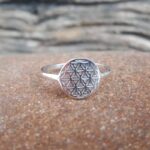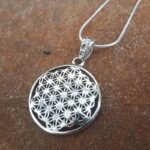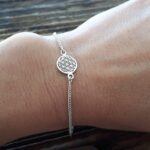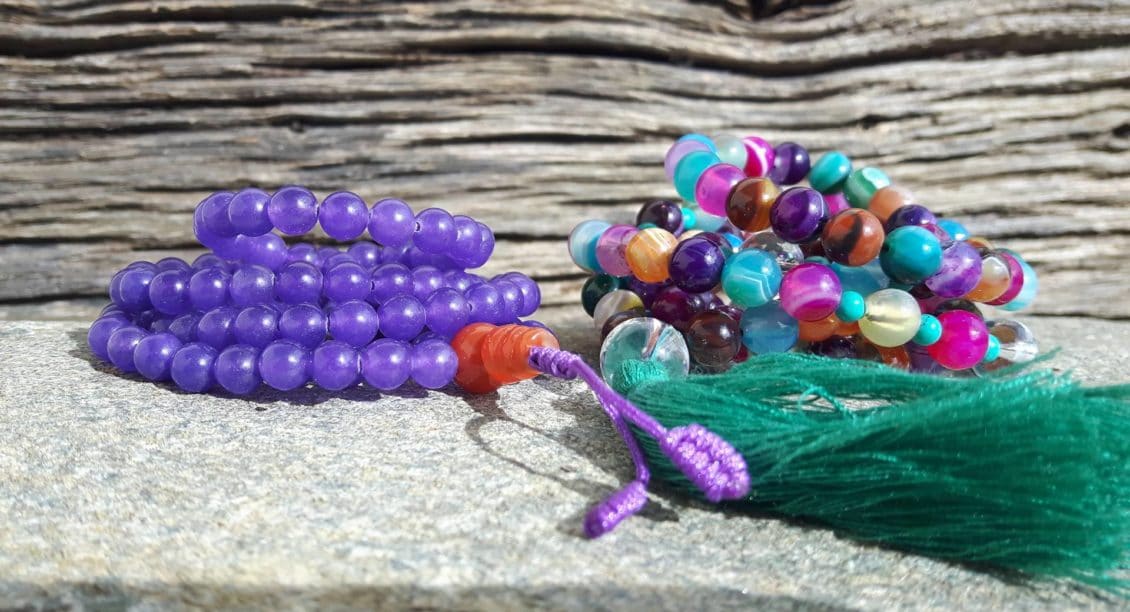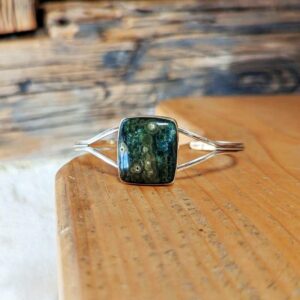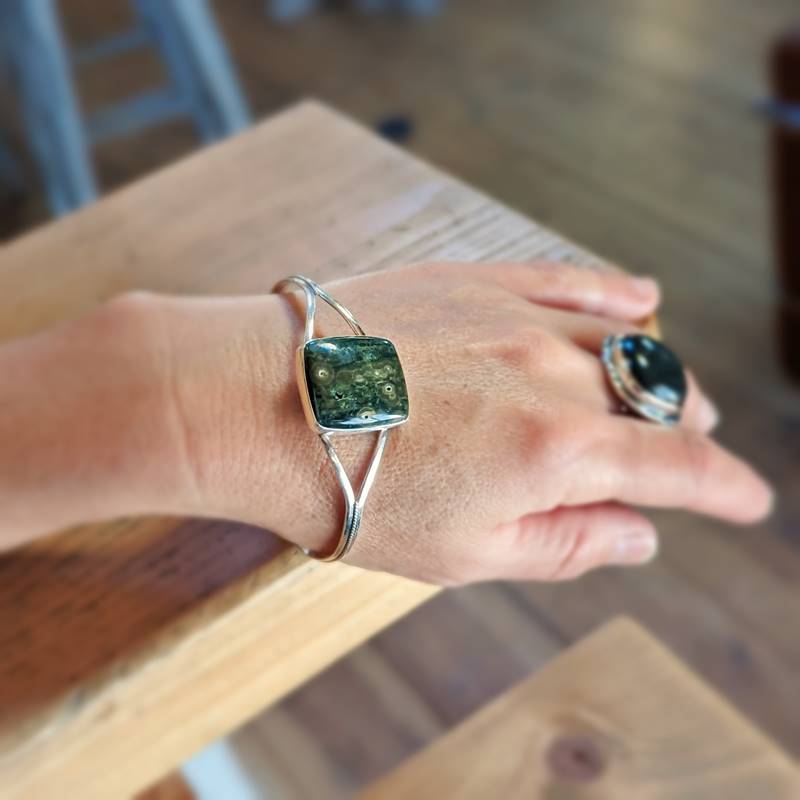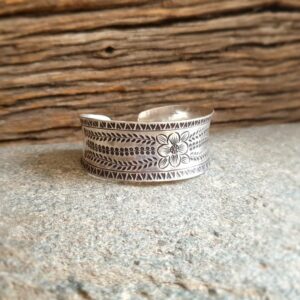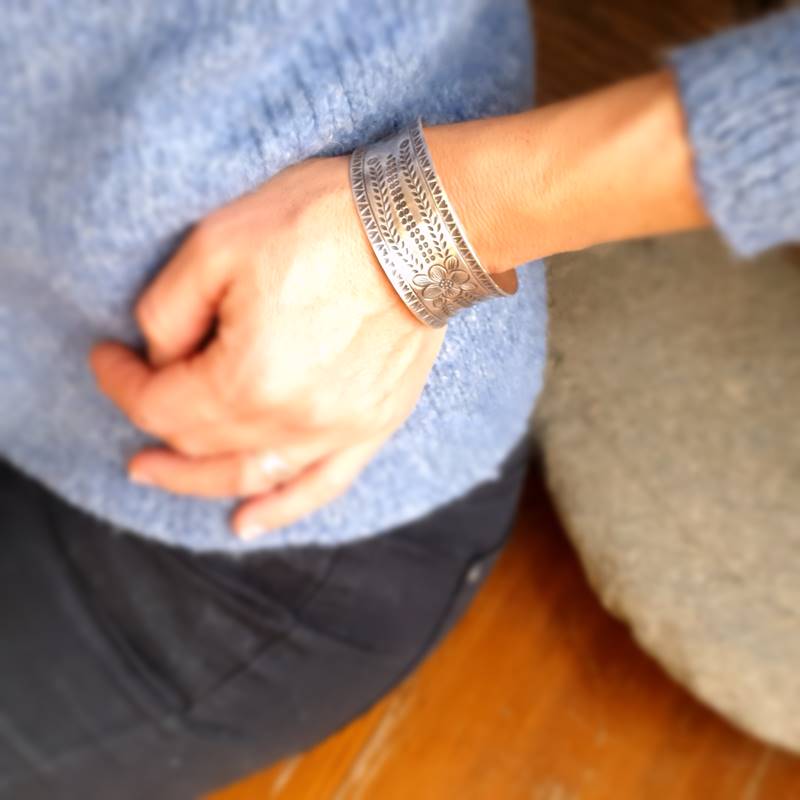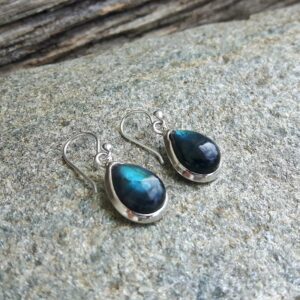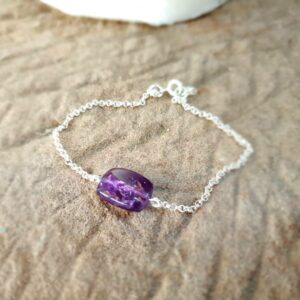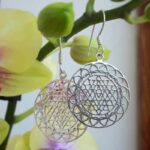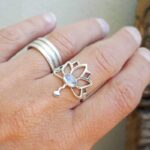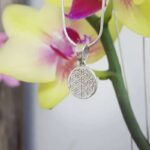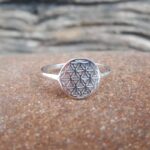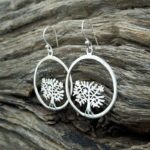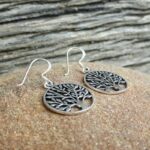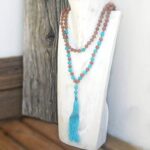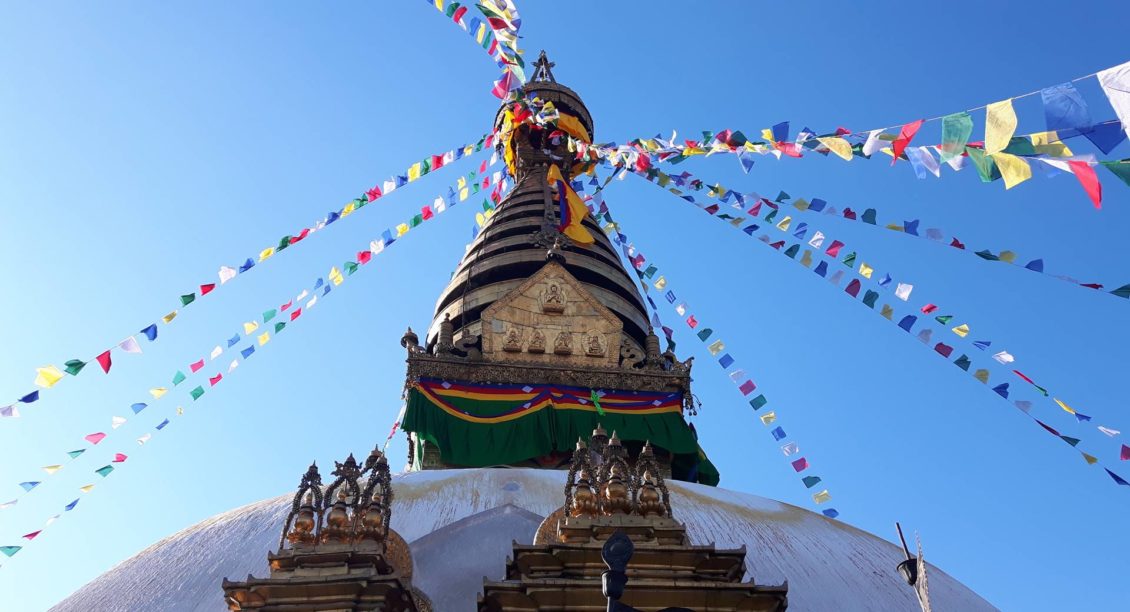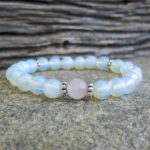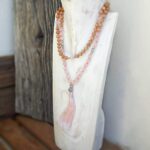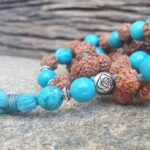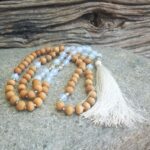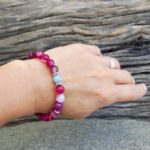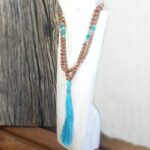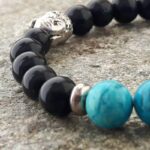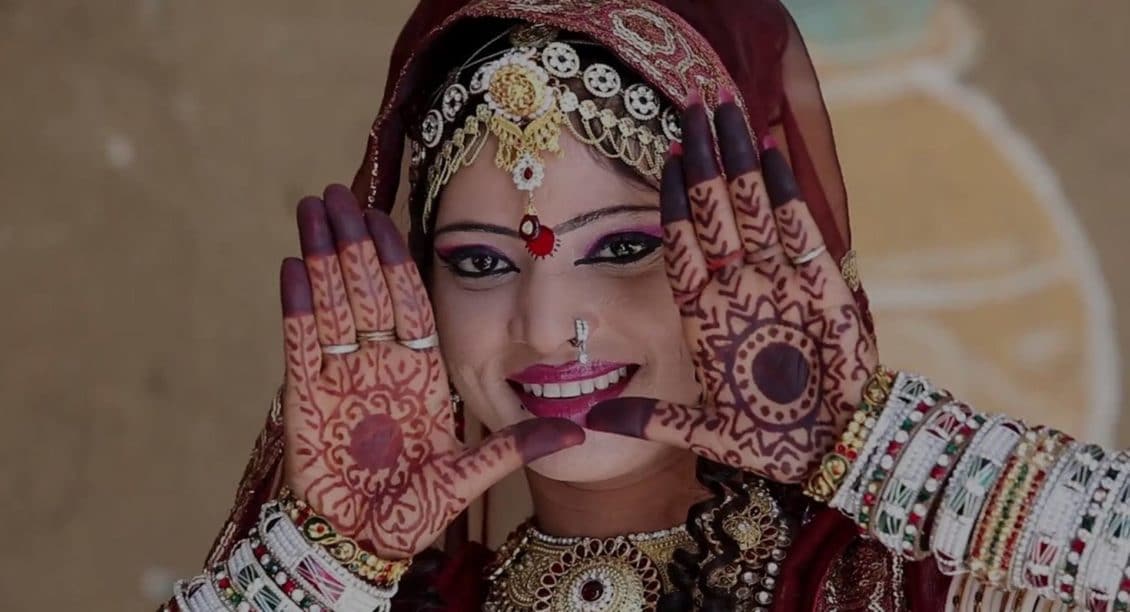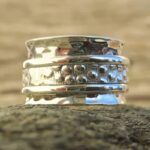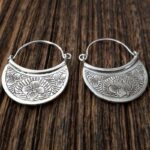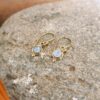The mandala is a very elaborate design, formed of circles and concentric figures. Since the dawn of time, the circle has been the symbol of the cycle of life (birth, maturity, death, resurrection). But the elaborate mandala comes from Hinduism and Buddhism. The painting of these graphics is used as a means to channel the mind and bring about calm and inner peace. Mandala in Sanskrit means circle, and symbolizes the sphere, the environment, the community.
Why are we talking about it ?
Our logo is a mandala, did you notice that?
Definition of the Buddhist Mandala
In Buddhism, the mandala is used to meditate and reflect on the impermanence of life. The mandala is at the same time a summary of the spatial manifestation, an image of the world, and a representation of divine powers. Mandalas are full of symbols, all of which have meaning, and sometimes mystical characters. Some, very elaborate and codified, become semi-figurative, semi-abstract.
The sand mandala
To emphasize the impermanence of things, Buddhist monks make sand mandalas on rare occasions. Most of the time, it is made by 4 monks, who will spend days drawing the mandala, while the other monks of the monastery will meditate and pray. Each monk takes care of ¼ of the drawing and deposits colored sand with natural pigments. They use a small funnel-shaped tool, the chak-pure, to deposit the sand almost grain by grain. Gradually the drawings take shape to become true works of art. Once finished, the mandala will be scanned, in a snap.
Paintings
In Nepal, India and Tibet, artisans paint mandalas. Most are destined for Buddhist temples but also for Buddhist houses.
Mandala and nature
The mandala is the reflection of nature. It is found there, from the infinitely large to the infinitely small: from the spiral of galaxies to the planetary orbits of our solar system, celestial spheres with concentric shapes of crystals, snowflakes, flowers or atoms.
A bit of psychology
In 1928 the psychoanalyst Carl Jung introduces the mandala in the West. His studies show that when people go through difficult phases, they spontaneously draw rosette shapes. After conducting extensive research, Jung comes to the conclusion that in psychological terms, the mandala represents the totality of the person. He uses the drawing of mandalas for the therapeutic treatment of some of his patients. For Jung the mandalas inspire serenity and drawing them source of structure, balance, and harmony.
And nowadays ...
Today is a drawing that we find everywhere, in tattoos, jewelry, coloring for children ... If you want to learn how to make a mandala, here is a tuto Very well done. Here are some of Omyoki's mandala jewelry.
Did you like the story? subscribe to the newsletter!




